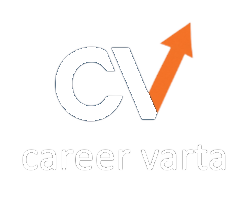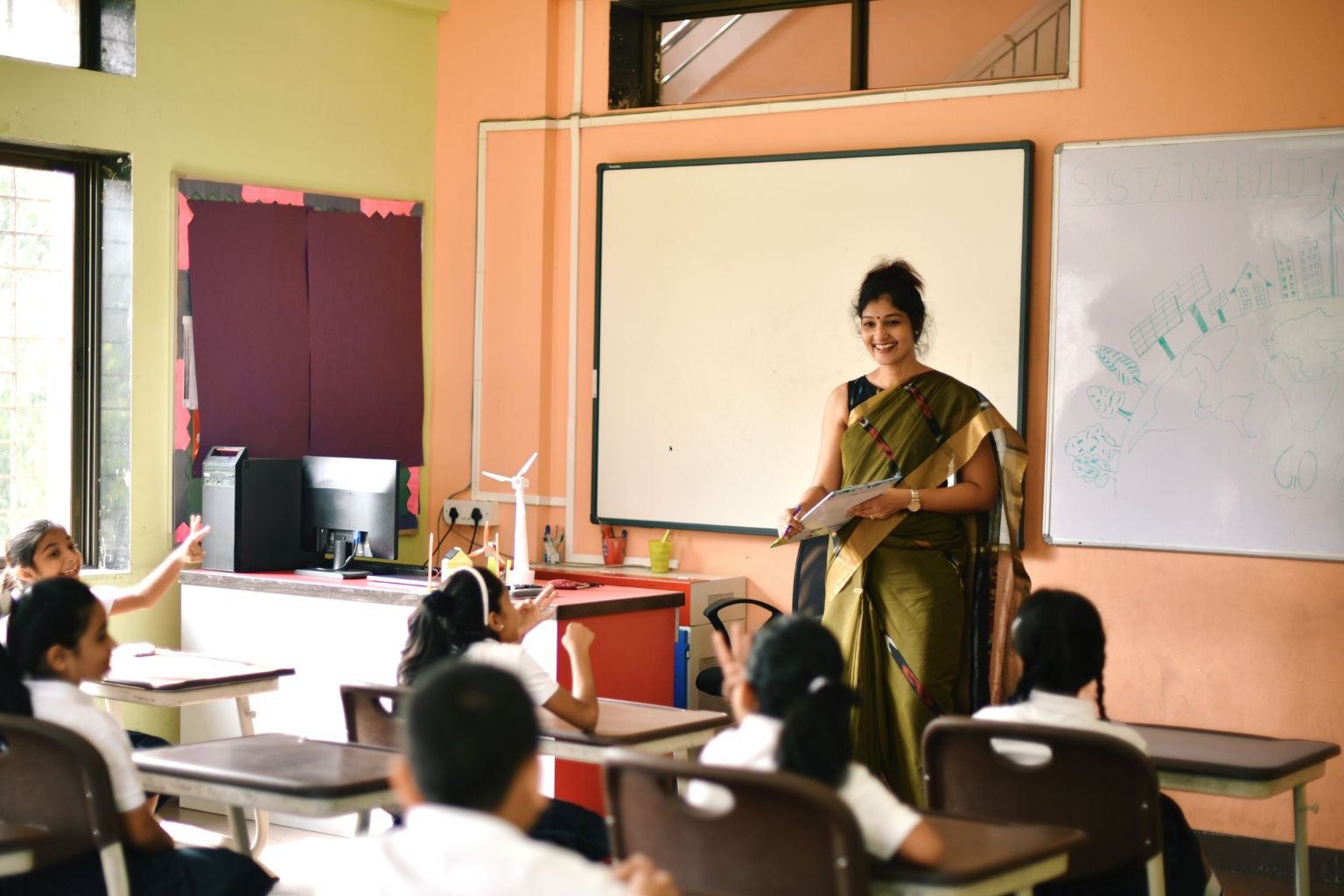Building a standout CV is a crucial step for any medical student stepping into the competitive world of healthcare. Whether you’re applying for a residency, internship, or research position, your CV is more than just a formality — it’s your professional identity on paper.
🧭 Why Your Medical CV Matters
A medical CV isn’t just a summary of jobs and grades — it’s a detailed showcase of your academic achievements, clinical exposure, research work, leadership roles, and dedication to the field. It tells your story in a structured and professional format, helping faculty, recruiters, and institutions understand who you are and where you’re headed.
🧱 Essential Sections of a Medical Student CV
Here’s how to build a well-rounded medical CV:
1. Personal Information
Include your full name, contact number, professional email, and LinkedIn URL. Avoid nicknames or casual email handles.
2. Professional Summary (Optional)
A brief statement about your goals and interests can give your CV direction.
Example: “Final-year MBBS student with hands-on experience in internal medicine, looking to contribute clinical skills and research acumen in a residency program focused on patient-centered care.”
3. Education
List your academic qualifications in reverse chronological order:
- Degree (e.g., MBBS)
- College/University
- Graduation year or expected completion
- Honors and distinctions (e.g., Gold Medalist, Dean’s Merit)
4. Clinical Experience
Detail your rotations and hospital-based learning:
- Hospital name and location
- Department/Specialty
- Dates
- Key procedures, cases, or patient care activities
5. Research Work
Highlight research contributions — especially relevant if you plan to enter academia or specialized programs:
- Project title and research question
- Your role (e.g., Assistant, Co-author)
- Institution and mentor
- Outcome or publication (if any)
6. Publications & Presentations
Include:
- Peer-reviewed journal articles
- Conference abstracts/posters
- Oral presentations
- Citations in APA or AMA format
7. Certifications & Exams
Add clinical certifications and major exam scores, such as:
- BLS / ACLS
- USMLE (if applicable)
- Any additional workshops or training programs
8. Leadership & Volunteering
Demonstrate your soft skills through:
- Student leadership roles
- Campus clubs or committees
- Health awareness campaigns
- NGO volunteering
9. Professional Associations
Include memberships that show your involvement in the medical community:
- AMSA, IMA Student Wing
- SNMA, or any specialty-specific associations
10. Technical Skills & Languages
Mention:
- EMR or hospital information systems you’re trained in
- Languages spoken (especially if they aid patient interaction)
✍️ Tips to Make Your CV Shine
- Stay Focused: Use bullet points. Avoid narrative-style paragraphs.
- Be Relevant: Customize your CV based on what you’re applying for.
- Proofread Twice: Typos can overshadow your accomplishments.
- Consistent Format: Use the same font, spacing, and alignment throughout.
- Update Often: Make it a habit to revise your CV every few months.
❌ Common Pitfalls to Avoid
- Including unrelated jobs (e.g., high school sales assistant)
- Using casual language or first-person tone
- Crowding the CV with excessive details
- Inconsistent dates, headings, or formatting
📢 Who Should Use This Guide?
This guide is designed for:
- Final-year medical students preparing for residencies
- Early-year students building their first medical CV
- MBBS grads applying for research, fellowships, or volunteering opportunities
- International students applying for global medical programs
🔍 Trusted Resources for Medical CV Building
- AAMC CV Guidelines
- AMA Medical CV Guide
- Careers in Medicine
- Canva CV Templates
- Student Doctor Network
⚠️ Disclaimer
This article provides general guidance and does not guarantee job placement or academic success. Requirements for medical CVs may vary by country, institution, and role. Always consult your academic advisor or mentor for personalized advice.








